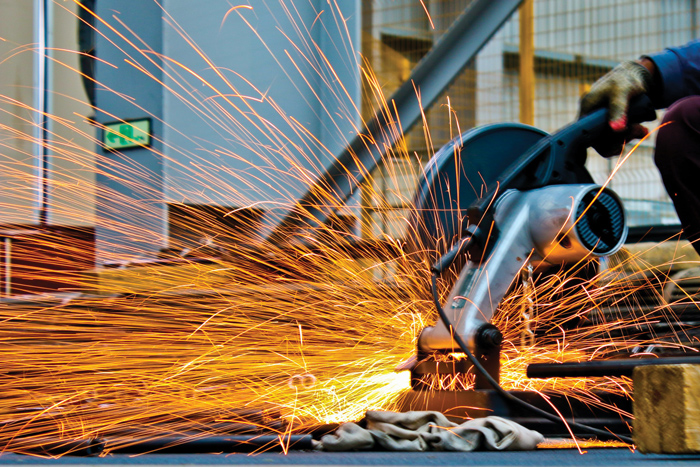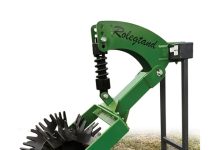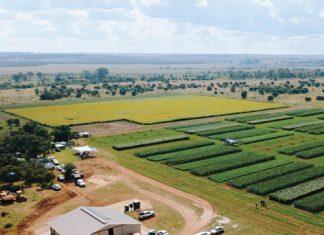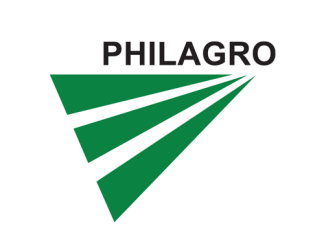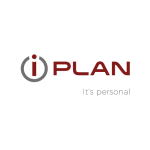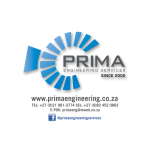The South African agricultural sector has not been spared the global trend of steel shortages created by the COVID-19 pandemic. Virtually without exception, major steelmaking economies around the world struggled to meet the rebound in steel demand internationally.
Regions with integrated primary steelmaking operations were especially affected as the complex supply chain components took time to re-establish. As a consequence of the hard lockdown, when the country’s steelmaking plants were forced to shut for an extended period, South Africa was worse hit.
Steel shortages in South Africa, ascribed to the lockdown, are affecting many manufacturing companies – small and large – and impacting the availability of implements, tools and machinery.
According to Carel Steyn, product manager at Rovic Leers, an agricultural mechanisation and irrigation company, they are currently busy with the production of planters for the new season and that the availability of especially profile steel (tubing, channels and pipes) is a challenge.
‘At the moment we find that sheet metal and flat bar are still readily available, but we are concerned about the availability and high prices of profile steel. We hope things will normalise soon.’ In terms of the effect shortages will have on the prices of machinery and equipment, Carel said: ‘We are currently working on our new price list and higher prices of steel will unfortunately reflect in prices of machinery for the coming season. We always try to be as competitive with our prices as possible, but we are all in the same boat.’
Wayne Field, branch manager at Stewarts & Lloyds in Bloemfontein, explained that pre-COVID stock levels of steel were already low due to expected price reductions. ‘With these shortages already on hand and the total lockdown in 2020, companies could not get their stock levels up to acceptable levels. The market surprised and recovered quicker than anticipated, creating a bigger demand than could be replenished by that current supply. All of this led to price increases.’
According to Gaurav Nagpal, chief marketing officer at ArcelorMittal South Africa, prices are at record high levels worldwide. “Rising international steel prices are the consequence of global supply steel shortages due to a sharper than expected recovery in virtually all markets, nine-year-high iron ore prices, and increasing scrap and other raw material prices,” he said.
Internationally, hot rolled coil (HRC) and rebar prices have increased by 79% and 69% respectively from a year ago. This contrasts to iron ore prices which increased by 115% year on year at the end of June.
At the same time China, who manufactures more than 50% of the world’s steel, saw a reduction in exports due to their effort to lower carbon emissions, their withdrawal of the 13% government subsidy and their efforts to stimulate internal economic growth through government infrastructure projects, explained Wayne. ‘Overseas mills are experiencing the same issues as local mills with demand exceeding supply, which resulted in significant price increases over the last few months,’ he added.
He further predicted knock-on effects like higher transport costs, elevated input material prices and uncertainties related to the cancelation or postponement of projects due to shortages and much higher prices. This related not only to steel, but to other construction materials as well. ‘Stewarts & Lloyds tried to absorb as many of these costs as possible to limit the impact on our customers. Local mills are very slow to start up and are experiencing issues with furnaces. Some mills were upgrading prior to COVID and during lockdown technical staff were unable to enter the country to complete upgrades. ArcelorMittal South Africa placed their Saldanha plant into care and maintenance before COVID. This, together with all the other factors, resulted in local merchants having to import at global market prices.’
In a recent letter to customers, Gaurav wrote the following:
‘Over the last year, steel along with all commodity markets have experienced significant volatility in demand and supply globally. This has resulted in a scale and pace of price increases across both raw materials and finished products.’
He explained that iron ore has reached historic high levels (approximately $235/ton to $240/ton CFR China) with both coking coal and scrap also recording significant increases. This has resulted in the input raw material cost to steelmakers increasing by about 125% since 1 April 2020.
In the meantime, flat steel product prices have continued to increase across all geographies with a limited supply and strong demand. Backlogs persist across all major regions with extended lead times. All of the above, combined with logistical bottlenecks, have resulted in significant price increases in HRC globally. The strength in demand trend is expected to continue in the near term, which will support prices, said Guarav.
ArcelorMittal South Africa’s prices are governed by the pricing principles agreed with and monitored by the South African government. These are based on the average price levels for similar products in global markets as well as the rand dollar exchange rate.
Future steel prices and availability
With South Africa currently following global market trends, material shortages, high transport costs and high input material costs, prices will remain erratic for the unforeseeable future with possible increases and reductions, said Wayne. ‘We as Stewarts & Lloyds will do all in our power to keep price and stock impacts to a minimum,’ he added.
According to Gaurav, 2021 has seen significant changes in the international dynamics of the steel industry. ‘The global steel demand is expected to grow at approximately 6% in 2021, after almost a negligible drop of around 1% in 2020. The resurgence of steel demand has resulted in the input raw material (iron ore, coking coal, scrap and ferroalloys) prices reaching multi-year high levels. With central bank support and global vaccinations continuing at a rapid pace, the return to normalcy in activity is in sight, and these factors are expected to support continued steel demand in the medium term. This is reflected in extended lead times offered by mills globally.’
He added that some steel-producing countries had implemented measures which were likely to limit international trade in steel. For example, China has curtailed production and removed the export rebate for steel exports, while there is also a discussion around imposing a tax on export of steel. Similarly, Russia has recently announced a 15% export tax on steel until December 2021. The European Union is likely to extend quota-based safeguards and implement a carbon border tax. The United States continues with its Section 232 regime. At the same time, supply chain disruptions, like port closures and high freight rates, continue to hamper global trade.
‘Steel prices still continue to rise in certain regions of the world, whilst they have stabilised in others. This is after a sustained period of price increases over the last twelve months. Factors such as the high input raw material prices, sustained demand in the medium term and supply challenges globally, are expected to support global steel prices in the medium term. Closer to home, the supply rate from ArcelorMittal South Africa for both flat and long products is normalised as customers receive their monthly consumption requirements,’ said Gaurav.
Wayne’s advice for producers in the midst of shortages is to stick to a reliable supplier that they can trust and who will be able to support them through difficult times. ‘Continuity of supply at reasonable prices should be key,’ he added.
